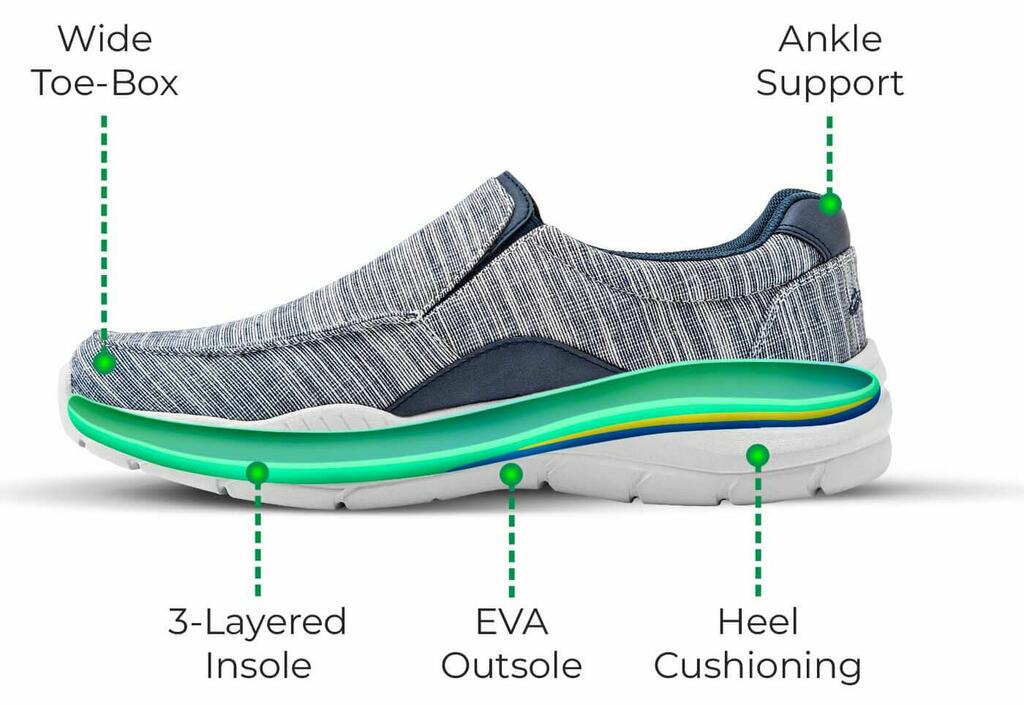How Barefoot Shoes Can Improve Foot Health: A Natural Solution for Common Foot Issues By John Keller | January 6, 2025 Foot health is essential for overall well-being, yet many…
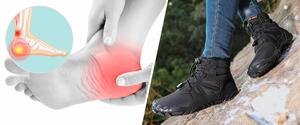
By Emily T. | Published on December 6, 2023 @ 10:30AM
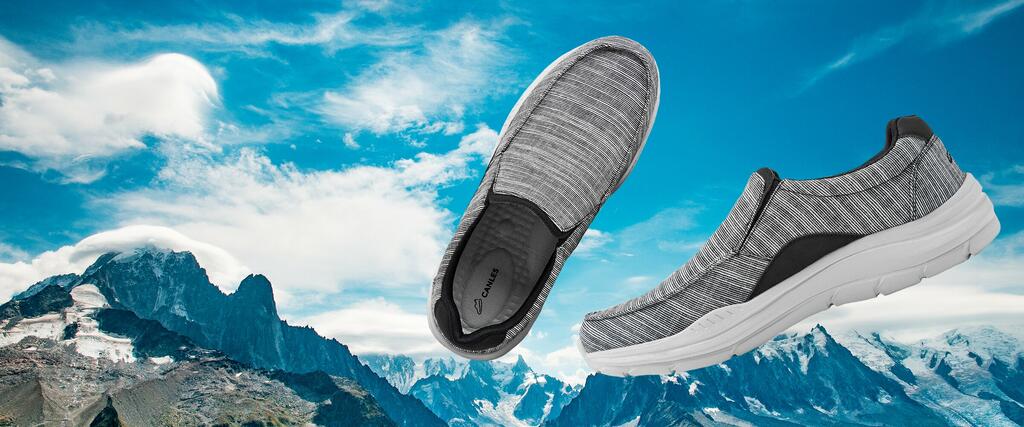
Walking is a simple pleasure and a fantastic way to stay active. But did you know that the shoes you wear can make a huge difference, especially if you have flat feet and overpronation? Finding the best walking shoes for these conditions is not just about comfort; it’s about maintaining good foot health.
Flat feet, also known as fallen arches, is a condition where the arch, the curved part of the inside of your foot, is low or completely flat. This means that when you stand, the entire sole of your foot touches the ground.
For some people, this is just a natural shape and causes no problems. However, for others, flat feet can be a result of weakened muscles in the feet due to aging, injury, or wear and tear from daily activities. It’s a common condition, affecting a significant portion of the population.
Overpronation is often linked with flat feet. Pronation is a normal movement of the foot that helps with shock absorption when you walk or run. But overpronation occurs when your foot rolls inward excessively as you take a step.
It’s like your feet are leaning too much into a curve. This over-rolling can strain the muscles, tendons, and ligaments in your feet and ankles. Overpronation doesn’t just stop there; it can affect the alignment of your entire body, leading to a domino effect of discomfort and potential injury from your feet up to your back.
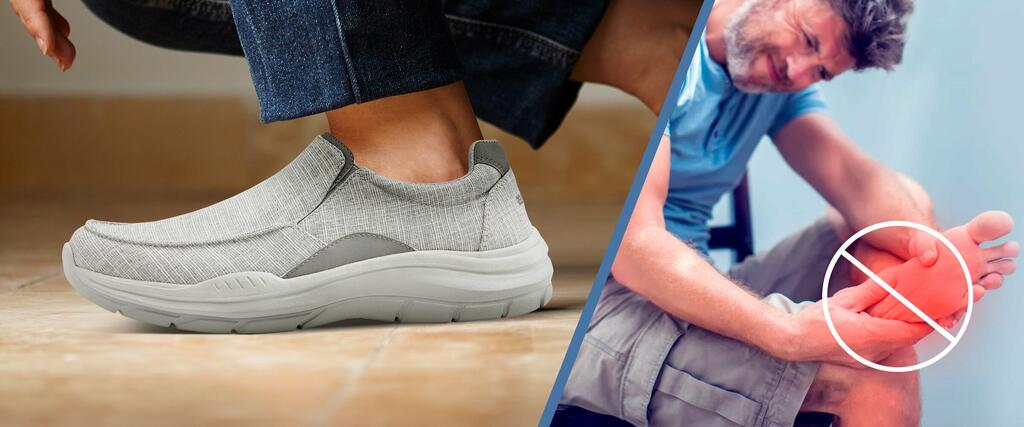
Wearing the wrong type of shoes when you have flat feet or overpronation can lead to a range of problems. Without the right support, your feet are under constant strain. This can manifest as foot pain, particularly in the arch and heel areas, which might feel like a constant, dull ache.
Over time, this discomfort can escalate into more severe conditions like plantar fasciitis, a painful inflammation of the tissue that runs along the bottom of your foot. But it’s not just about pain. Incorrect shoes can also cause blisters, calluses, and corns due to uneven pressure and friction on your feet.
The impact of ill-fitting shoes extends beyond your feet. Because of overpronation and flat feet affecting your walking pattern, wearing unsuitable shoes can lead to poor alignment. This misalignment can travel up your body, leading to leg, knee, hip, and even lower back pain.
It’s like a poorly constructed building; if the foundation is not stable, the entire structure is compromised. In the long run, continuous use of improper footwear can contribute to chronic musculoskeletal issues, making everyday activities uncomfortable and strenuous.
When it comes to shoes for flat feet and overpronation, the key lies in finding a balance between support and flexibility. Arch support is paramount. For those with flat feet, a well-defined arch in a shoe helps distribute pressure across your feet more evenly, reducing the strain on your arches.
This can significantly reduce pain and discomfort. Additionally, the right amount of arch support can prevent the excessive inward roll of the foot, known as overpronation. Think of arch support as a gentle, corrective measure that guides your feet into a healthier alignment with each step you take.
Equally important is stability, especially in the heel area. Shoes with good stability control the motion of the heel and prevent it from turning inward excessively, which is crucial for overpronators. This stability can often be achieved through features like a firmer heel counter or design elements that control excessive movement of the foot.
Alongside stability, cushioning plays a vital role. It’s about finding the sweet spot where the shoe provides enough cushioning to absorb impact without being too soft to compromise support. Cushioned insoles or midsoles can make a significant difference, especially during prolonged walking or standing, by providing a layer of protection and comfort for your feet.
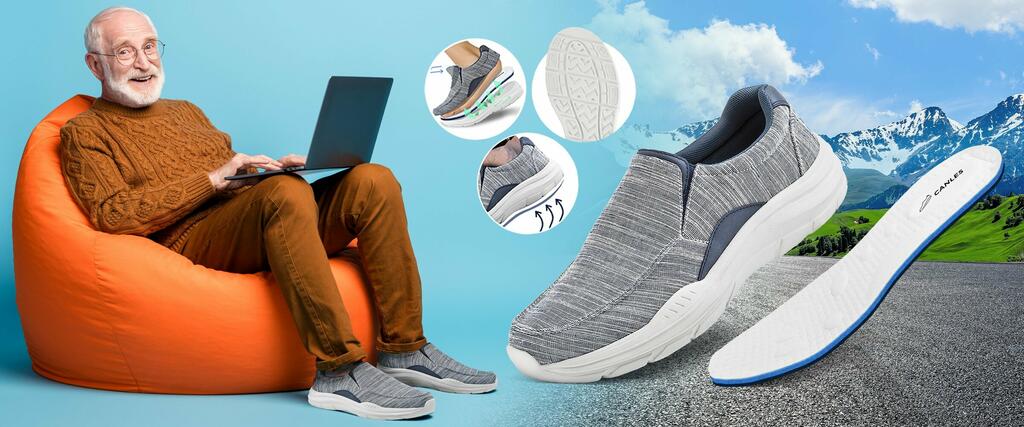
Now, let’s talk about how to pick these magical shoes. It’s not as hard as it sounds!
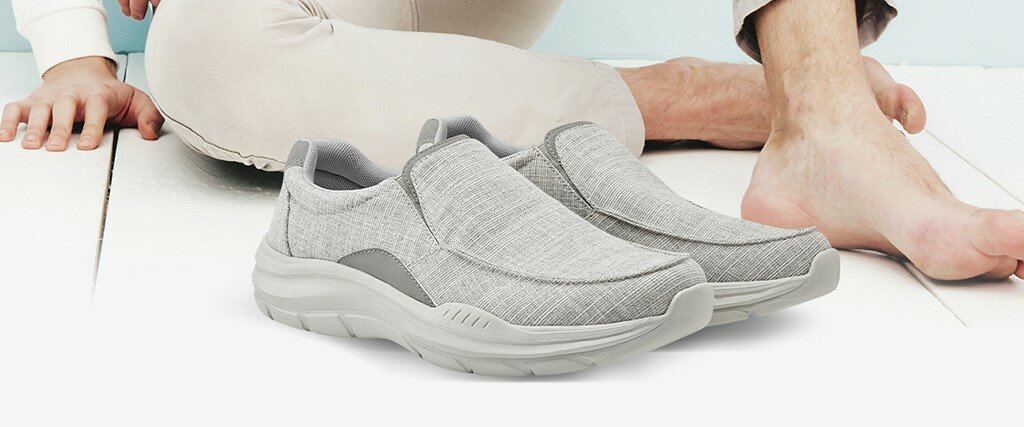
Choosing the best walking shoes for flat feet and overpronation isn’t just about today or tomorrow. It’s about keeping your feet healthy for years to come. Good shoes can help prevent foot-related injuries, reduce pain, and even improve your overall walking experience.
Remember, walking is more than just a form of exercise; it’s a way of life. And the shoes you walk in play a crucial role, especially when dealing with flat feet and overpronation. Choosing the right shoes can mean the difference between a painful step and a joyful stride. So, take the time to find the best walking shoes for your feet. Your future self will thank you!

How Barefoot Shoes Can Improve Foot Health: A Natural Solution for Common Foot Issues By John Keller | January 6, 2025 Foot health is essential for overall well-being, yet many…
7 Common Foot Issues in Women Over 50 and the Shoes that Can Help By Jane Sterling | Published on April 17, 2024 @ 2:18 PM Foot health is a…
9 Common Summer Foot Issues for People with Wide Feet By Jane Sterling | Published on April 15, 2024 @ 2:13 PM Summer brings a unique set of challenges for…
5 Signs You Need Better Arch Support Shoes By Jane Sterling | Published on July 15, 2024 @ 2:13 PM Are you constantly dealing with foot discomfort? Believe it or…

Dos and Don’ts of Shoe Shopping for Men: A Guide to Orthopedic Shoes By Jane Sterling | Published on November 8, 2024 @ 7:13 PM Selecting the right pair of…
How Diabetic Shoes for Men Help with Swollen Feet By Jane Sterling | Published on October 21, 2024 @ 1:10 PM When it comes to managing diabetes, every detail counts,…
To provide the best experiences, we and our partners use technologies like cookies to store and/or access device information. Consenting to these technologies will allow us and our partners to process personal data such as browsing behavior or unique IDs on this site and show (non-) personalized ads. Not consenting or withdrawing consent, may adversely affect certain features and functions.
Click below to consent to the above or make granular choices. Your choices will be applied to this site only. You can change your settings at any time, including withdrawing your consent, by using the toggles on the Cookie Policy, or by clicking on the manage consent button at the bottom of the screen.
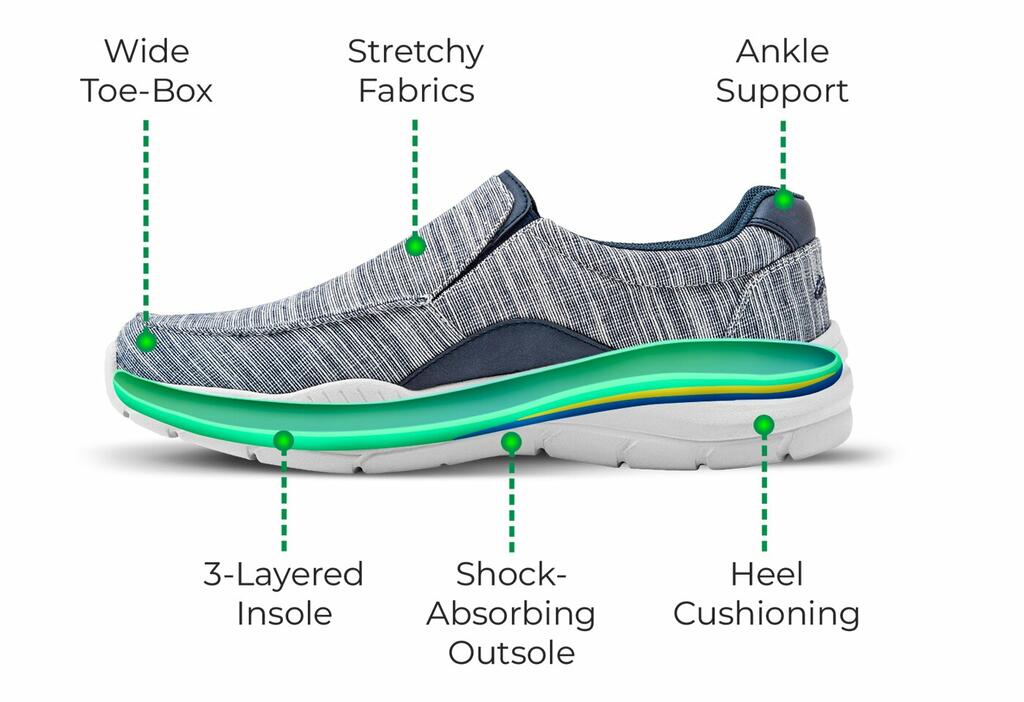


Switching to Canles footwear was a game-changer for me. Dealing with arthritic pain in both of my feet used to make each step a struggle. However, within a few days of wearing these shoes, I noticed a dramatic decrease in discomfort.
George C.Verified Customer


